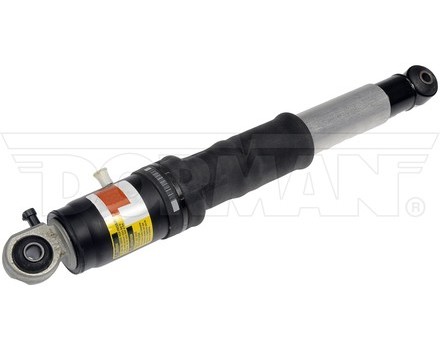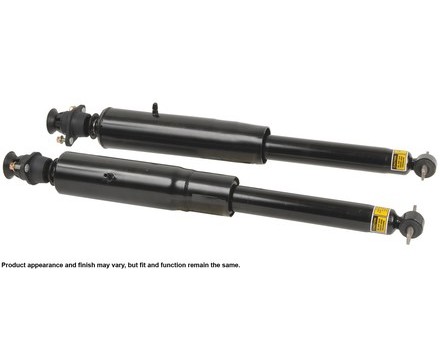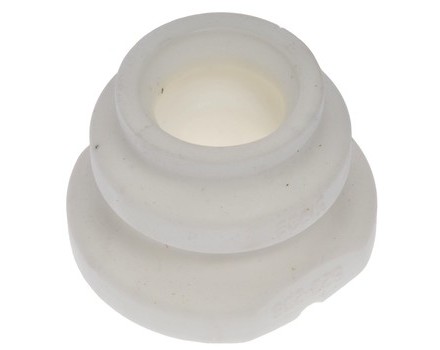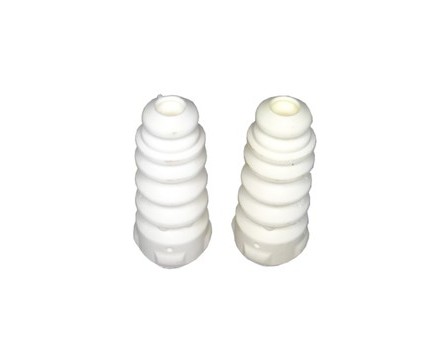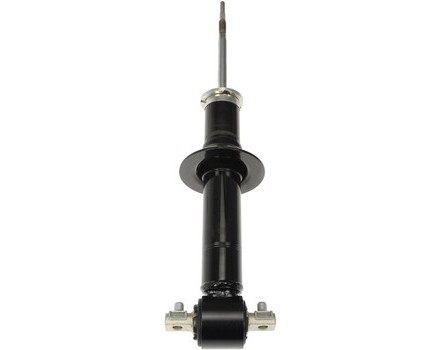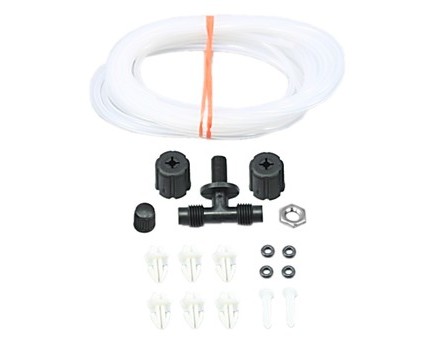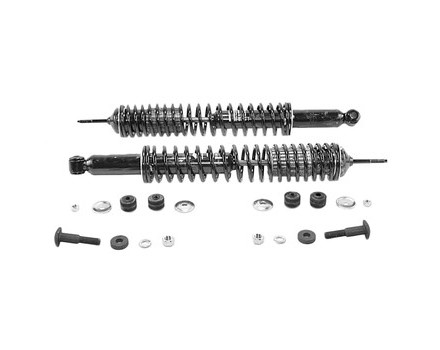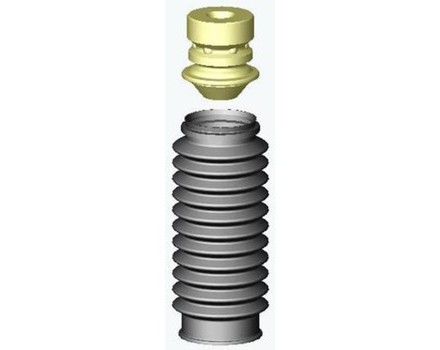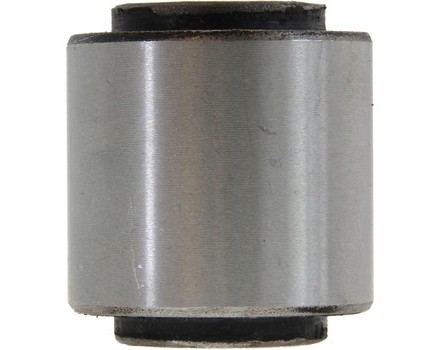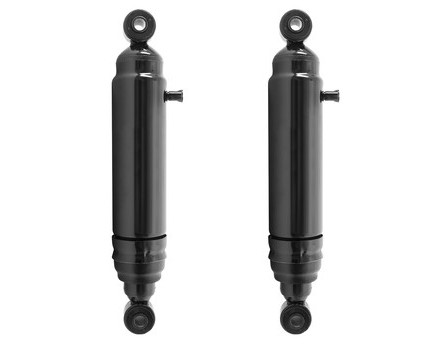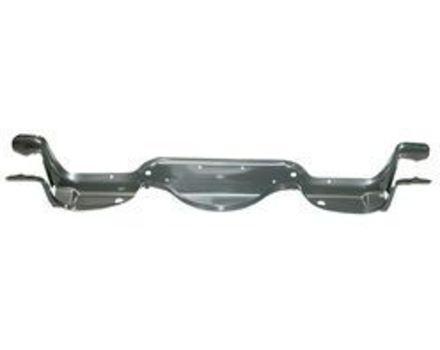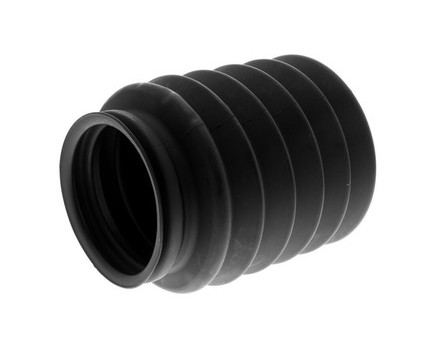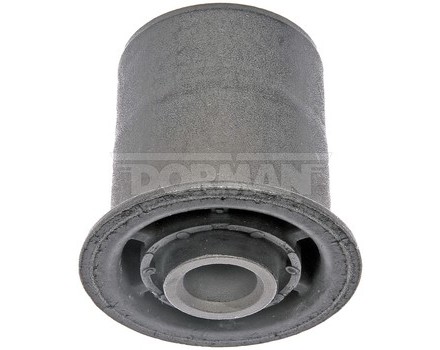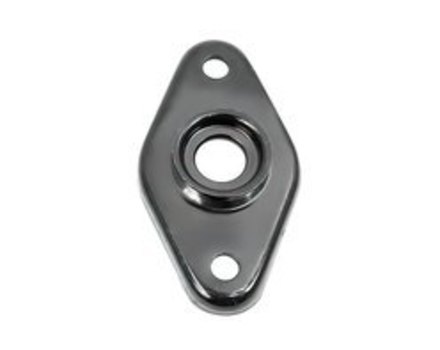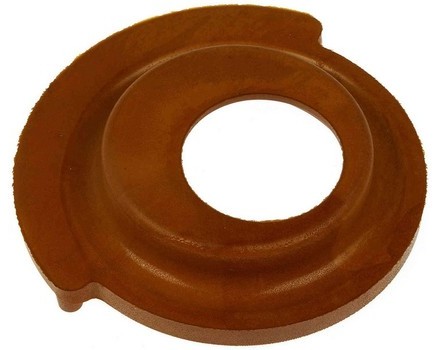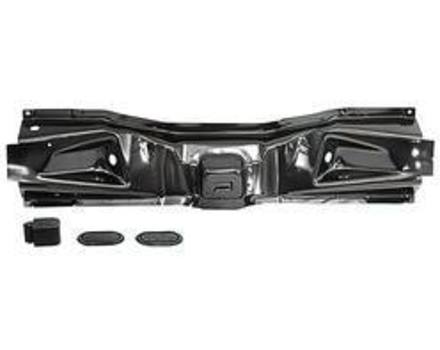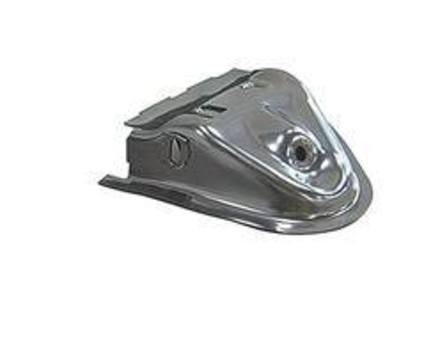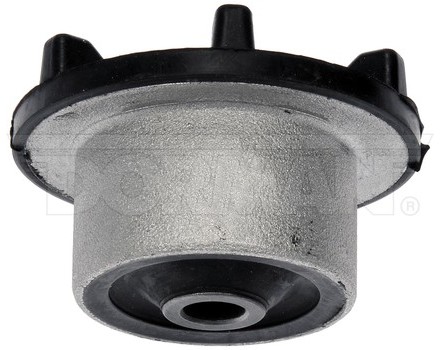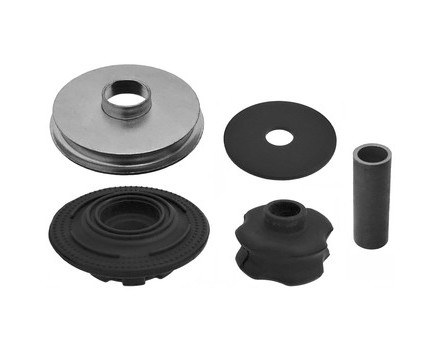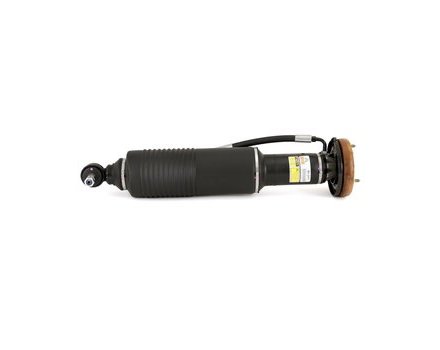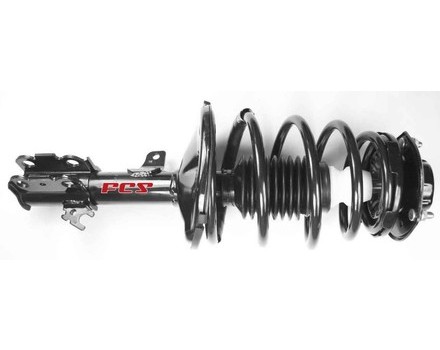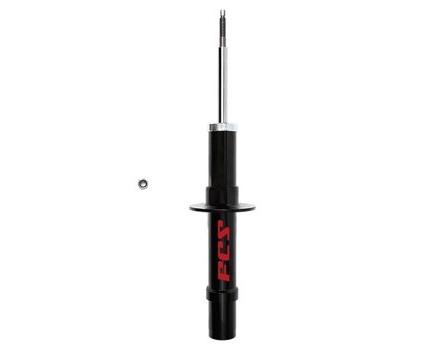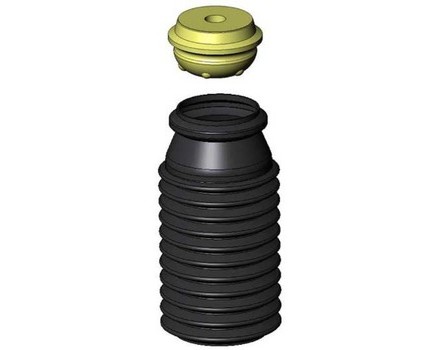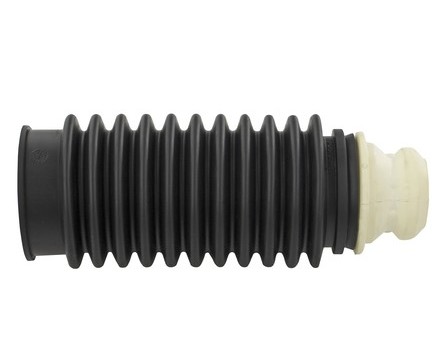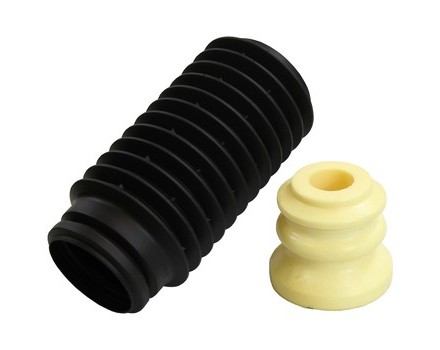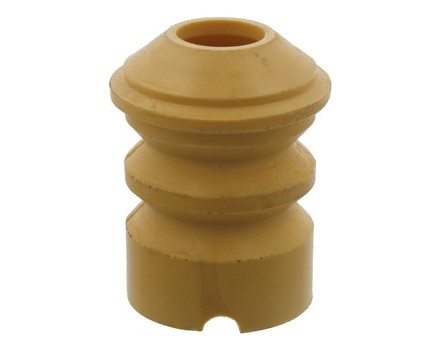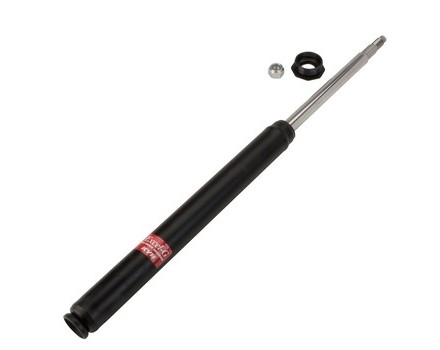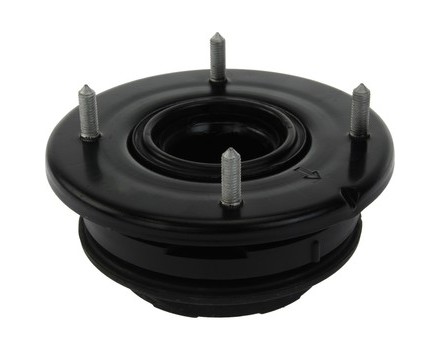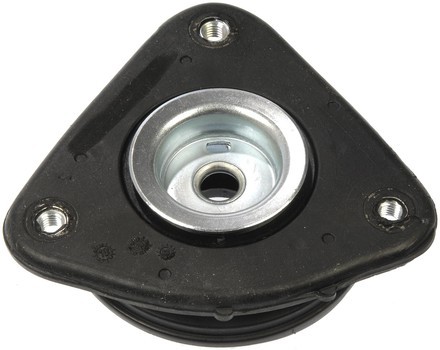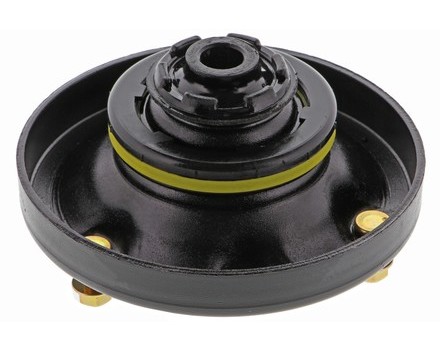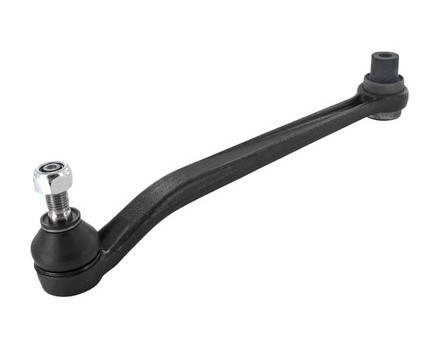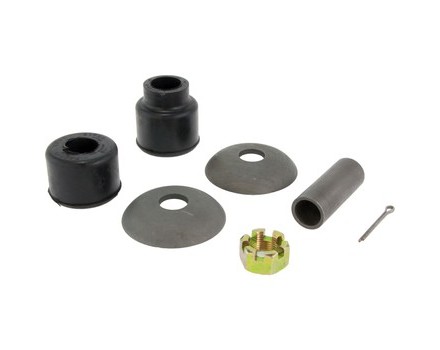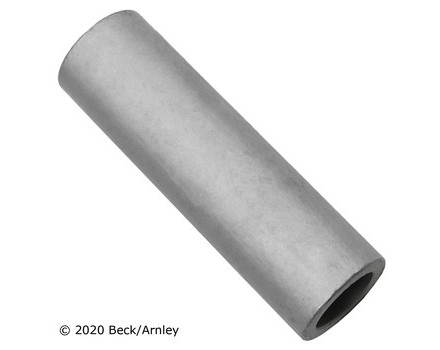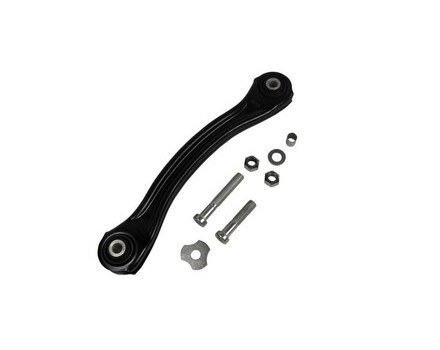Shocks and Struts
Filter Options
Important: To get started, click the blue "Filter Options" button to select your vehicle and then use the filters to narrow your options.
Important: To get started, select your vehicle on the left and then use the filters to narrow your options.
What are shocks and struts?
Shocks and struts are components of a vehicle's suspension system. They provide dampening and control the rebound rate of the suspension system, helping to keep the vehicle's tires in contact with the road.
How can I tell if my shocks and struts are faulty?
Signs of a faulty shock or strut can include: decreased ride comfort, increased body roll when cornering, excessive bouncing after hitting a bump, or uneven tire wear.
What damage can faulty shocks and struts cause?
Faulty shocks and struts can cause a variety of issues, such as decreased handling, reduced vehicle stability, and accelerated tire wear.
How do I replace shocks and struts?
Replacing shocks and struts is a fairly involved process. Here are the steps:
- Raise the vehicle and secure it on jack stands.
- Remove the wheels.
- Remove the shocks and struts, taking note of any specific instructions for the model of vehicle.
- Install the new shocks and struts, following the manufacturer's instructions.
- Replace the wheels and lower the vehicle.
How often should I inspect shocks and struts?
It is recommended to inspect shocks and struts at least once a year, or more often if you notice any of the signs of a faulty shock or strut.
